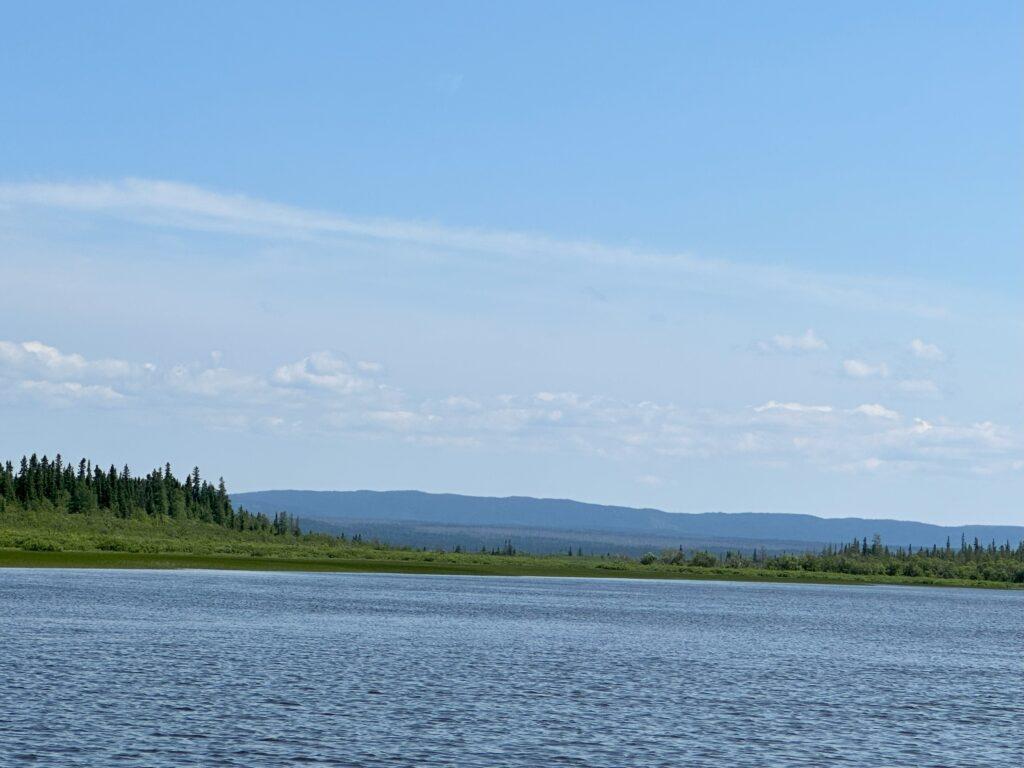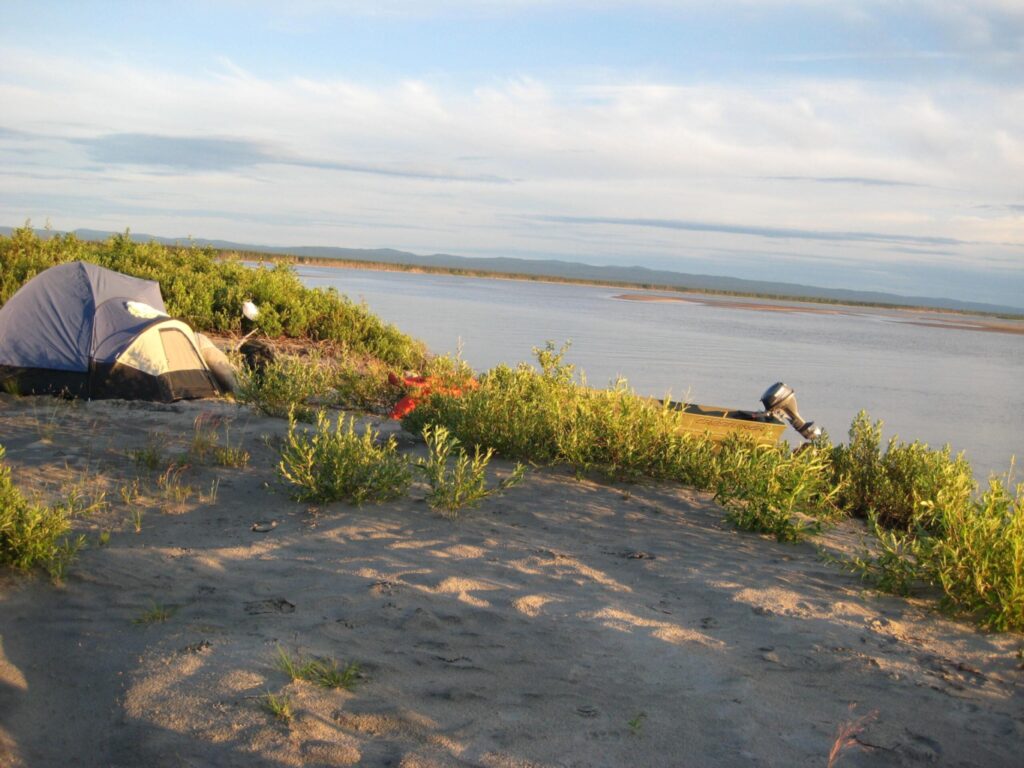Streamflow Simulations of the Terrestrial Arctic Regime
Grand River Keeper Labrador has been keeping a keen eye on the weather patterns and hydrology of the Artic regions for several years given our proximity in Canada’s north. This region, often considered as sub-arctic has several common characteristics pertaining to climate, ecological features, and proximity to oceans The Arctic Ocean flow into the Atlantic […]
Streamflow Simulations of the Terrestrial Arctic Regime Read More »




